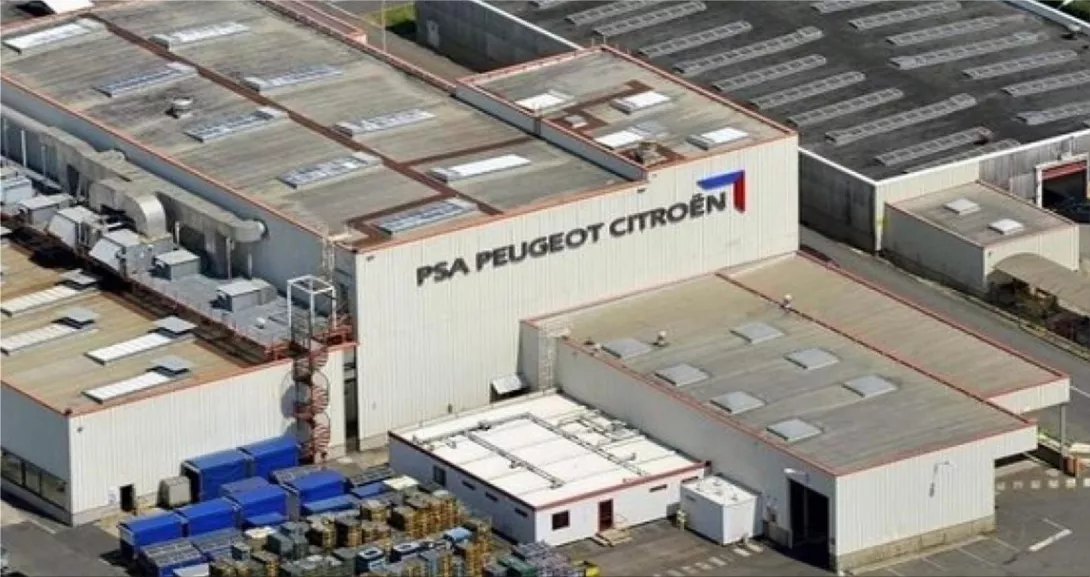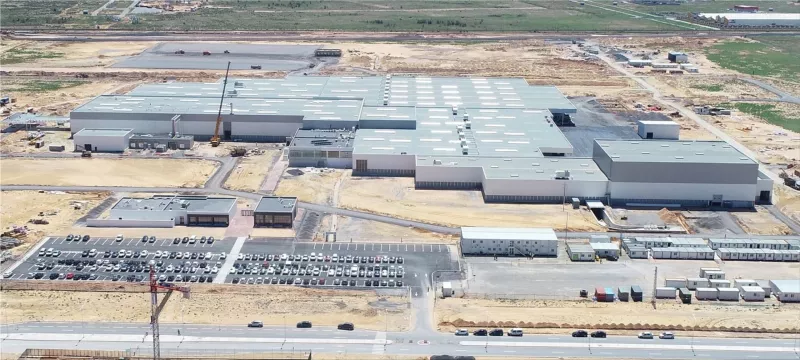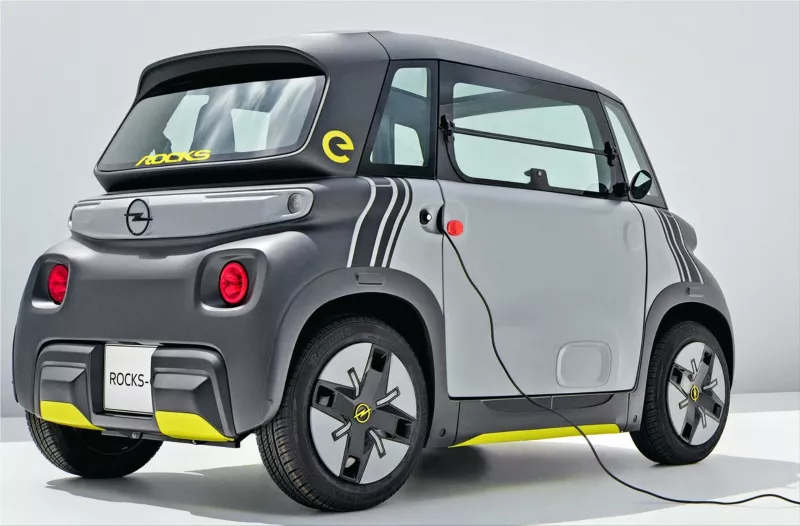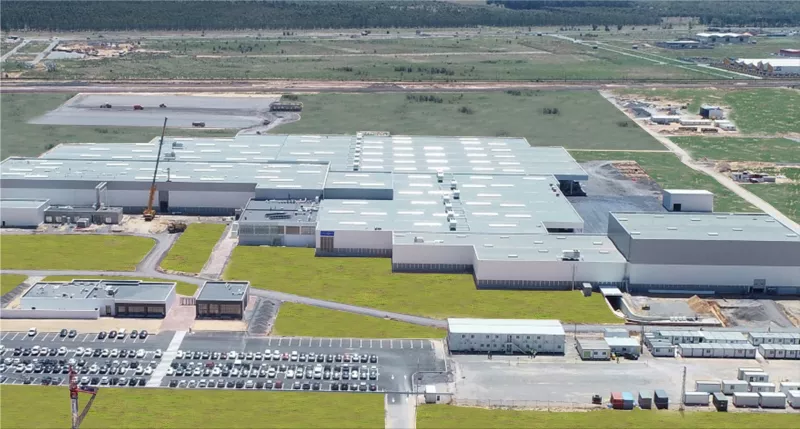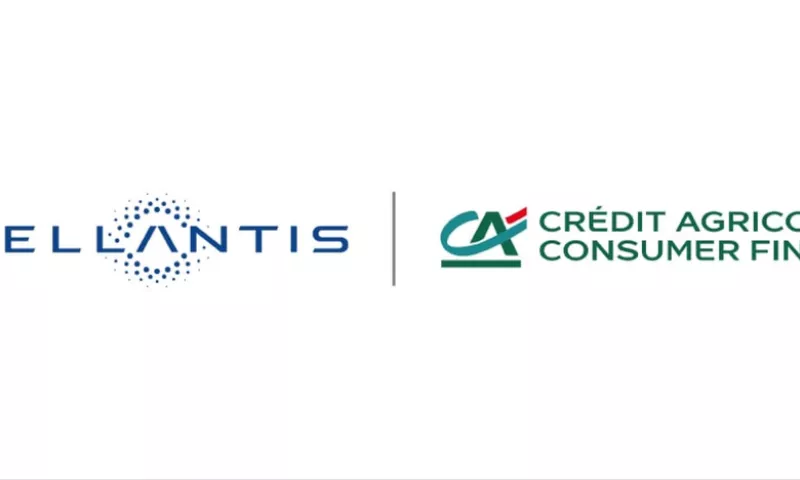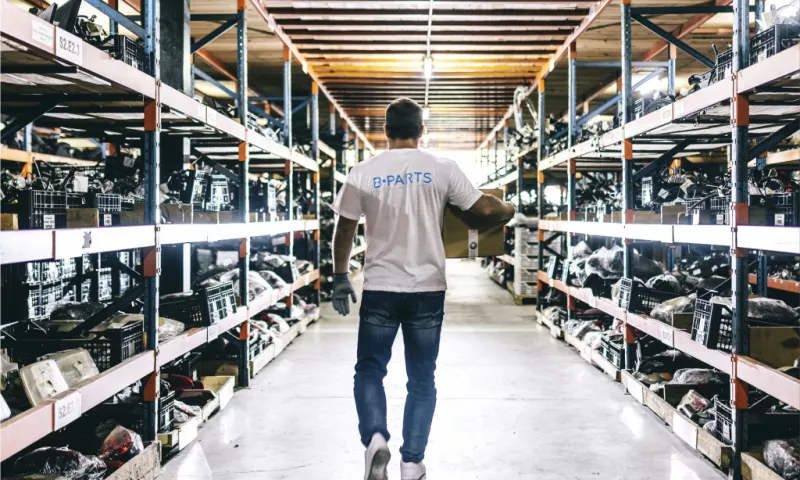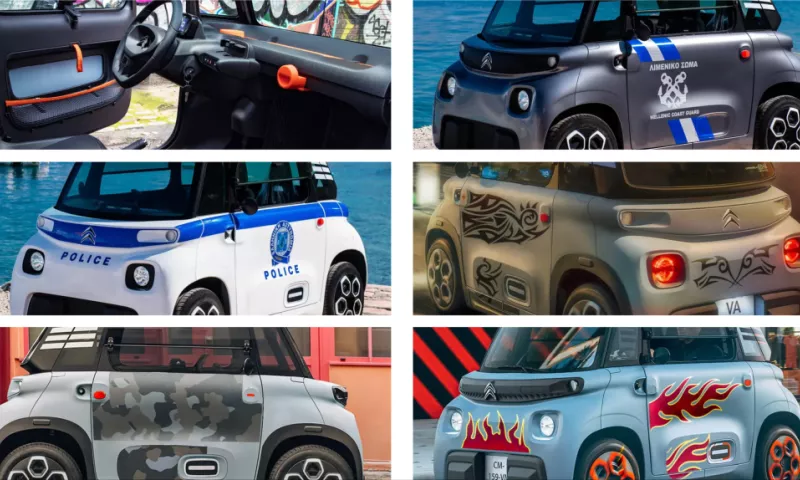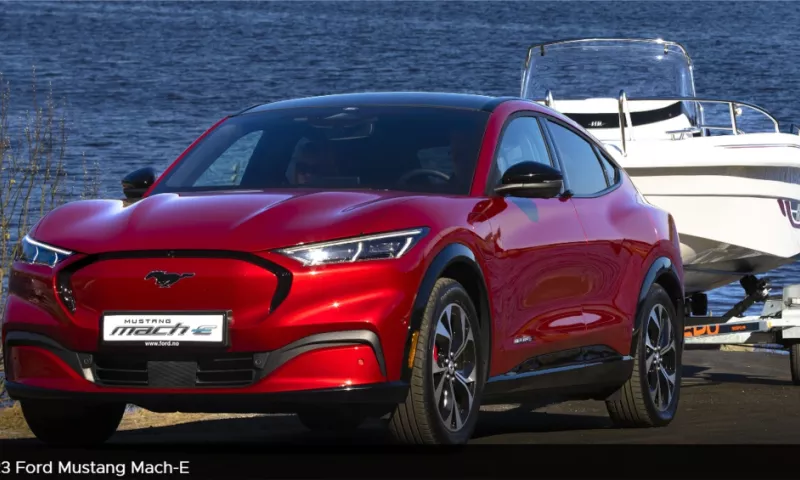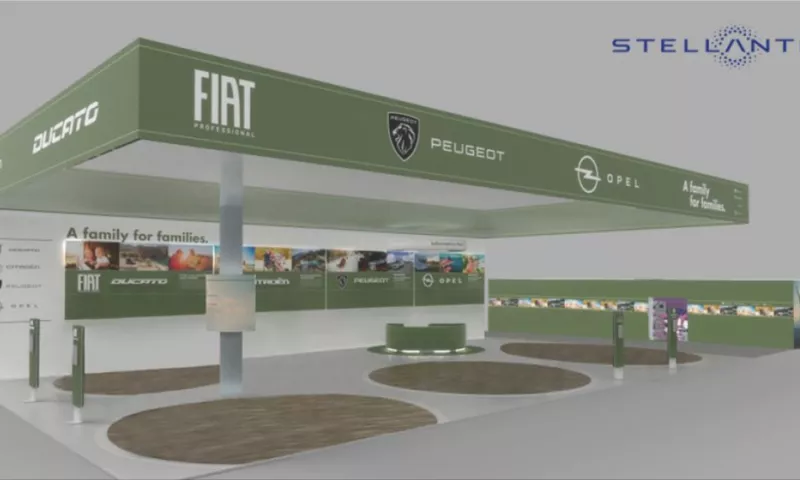Stellantis announced today that it would invest over 300 million euros in the Kenitra production plant to double its production capacity and launch the "smart car" platform. The announcement came at the same time as meetings with the Head of Government, the Minister of Industry and Commerce, and the Minister Delegate of the Head of Government for investments, convergence, and evaluation of Moroccan public policies. The company's Dare Forward 2030 strategy plan calls for increasing production capacity to one million vehicles per year by 2030 with local integration of 70%; therefore, this is one factor supporting the company's objectives for the growth of the Middle East and Africa region.
"We are happy to celebrate today a major new milestone in the life of our Kenitra facility in conjunction with the Moroccan Ministry of Industry and Trade," Samir Cherfan, Stellantis Chief Operating Officer for the Middle East and Africa, said. In a statement, Stellantis said, "Together, we have succeeded in making Kenitra a flagship industrial site for Stellantis and transforming it into a key component for the realization of our objectives in the Middle East and Africa region, exploiting the potential of the newly launched "smart car" platform, which will constitute the backbone of our vehicle offering for the region by 2030."

